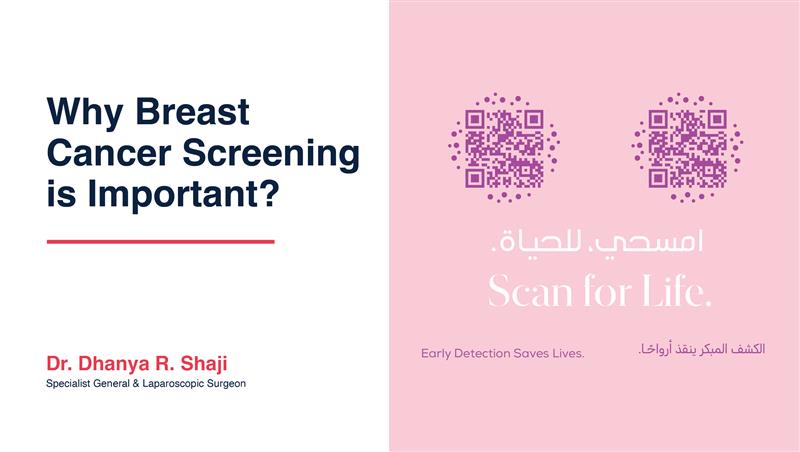Your heart works around the clock — beating, pumping, and powering your every move. But how do you know if it’s working as well as it should? Regular heart screenings are key to catching problems early, especially if you have risk factors like high blood pressure, diabetes, or a family history of heart disease.
This guide will walk you through five common heart tests your doctor may recommend and how each plays a vital role in keeping your heart strong and healthy.
Why Heart Tests Matter
Heart disease often develops silently — without symptoms in the early stages. That’s why testing is so important. These tests help doctors detect problems early, guide treatment, and prevent serious complications like heart attacks or strokes.
Routine screenings don’t just save lives — they give you peace of mind and the tools to take control of your health.
1. Electrocardiogram (ECG or EKG)
What it is:
A quick, painless test that records your heart’s electrical activity.
Why it matters:
It helps detect irregular heartbeats, signs of past heart attacks, and other abnormalities. An ECG is often the first test done during a heart check-up.
2. Echocardiogram
What it is:
An ultrasound of your heart that shows how it beats and pumps blood.
Why it matters:
It gives a detailed look at your heart’s structure and function, helping detect valve problems, heart muscle issues, or fluid buildup.
3. Stress Test (Exercise or Pharmacologic)
What it is:
This test checks how your heart performs under stress — usually while walking on a treadmill or through medication that mimics exercise.
Why it matters:
It helps diagnose coronary artery disease and evaluates how well your heart handles physical activity.
4. Lipid Profile (Cholesterol Test)
What it is:
A blood test that measures cholesterol and triglyceride levels.
Why it matters:
High cholesterol can block arteries and increase heart disease risk. A lipid profile helps guide lifestyle changes or medication to lower your risk.
5. Cardiac CT or Calcium Score
What it is:
A CT scan that detects calcium deposits in the coronary arteries.
Why it matters:
This test helps assess your risk for heart disease even before symptoms appear. It’s especially useful if you have risk factors but no current signs of heart problems.
When Should You Get Tested?
Screening recommendations vary based on your age and risk factors. You may need heart tests:
- In your 20s or 30s if you have family history or chronic conditions
- After age 40 as part of routine preventive care
- Sooner if you experience chest pain, shortness of breath, or fatigue
Always consult your doctor to determine what tests are right for you.
Frequently Asked Questions (FAQs)
1. Are heart tests painful?
Most heart tests, like ECG and blood tests, are quick and painless.
2. How often should I get tested?
It depends on your age and risk factors. Your doctor will recommend a schedule that fits your health profile.
3. Can I prevent heart problems with lifestyle changes?
Yes. Diet, exercise, stress management, and regular screenings can significantly reduce your risk.
4. Do I need all five tests?
Not always. Your doctor will decide based on your symptoms, age, and medical history.
5. What should I do before a heart test?
Some tests may require fasting or avoiding caffeine. Follow your doctor’s instructions carefully.
Final Thoughts
Understanding your heart health starts with simple, effective tests. Whether it’s an ECG, echo, or a blood test, each one gives valuable insight into how your heart is functioning and what steps you can take to protect it.
Don’t wait for symptoms to appear. Stay informed, get tested regularly, and speak with your healthcare provider about the best heart care plan for you.

































